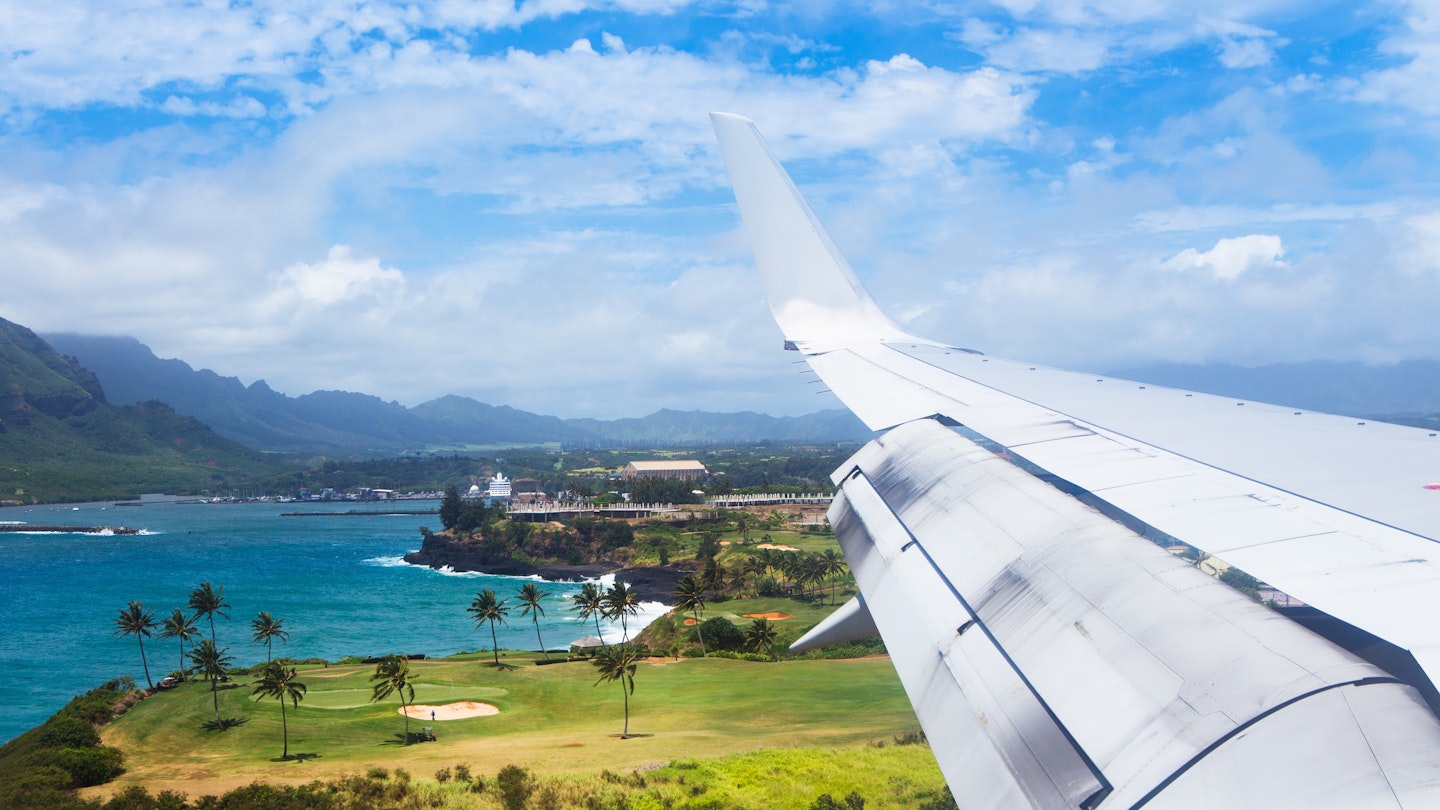Getting Around in Hawaii: Your Comprehensive Guide
Traveling in Hawaii is convenient and enjoyable. Frequent interisland flights connect the islands while the road conditions are generally favorable. Each island offers unique modes of transport, making your journey easier and more delightful.
Interisland Flights: Connecting the Hawaiian Islands
Most travel between the islands of Hawaii occurs through air travel. Interisland flights are typically short and operate frequently. Key airports include:
- Honolulu (Oʻahu)
- Kahului (Maui)
- Kona and Hilo (Hawaiʻi – Big Island)
- Lihuʻe (Kauaʻi)
Smaller airports providing regular service are available in locations like Lanaʻi City and Kaunakakai. Hawaiian Airlines is the primary airline offering these interisland connections, while Southwest Airlines provides some competition with limited services. Mokulele Airlines operates smaller prop planes that also serve as scenic excursions.
Advance fares can be as low as $50, although walk-up prices may rise to around $200. When traveling with surfboards or bicycles, check airline policies as regulations may vary.
Ferry Services in Hawaii
Furthermore, there is only one interisland ferry route, which operates between Lahaina on Maui and Lanaʻi. This service accommodates day trips and regular transport. However, be aware that public transit access to the Lahaina dock may be limited.
For those looking to explore multiple islands, consider a cruise, but keep in mind these are generally round-trip journeys from Honolulu with no individual segments available.
Public Buses: Varying Availability By Island
While bus services are available on larger islands, they can be slow and inconvenient outside of Oʻahu. The island’s public transit service, TheBus, is efficient, extending from Honolulu to various tourist attractions and neighborhoods.
On islands such as Maui and the Big Island, bus routes are mainly designed for local commuters, often bypassing tourist hotspots. For instance, the Maui Bus does not service Hana or Haleakalā National Park, while the Big Island’s Hele-On Bus provides limited sight-seeing opportunities.
Renting a Car: Ideal for Exploration
While a car may not be necessary for those visiting only Honolulu and Waikiki, renting a vehicle is strongly recommended for exploring other areas. Major car rental companies have locations at larger airports and resorts; however, options may be scarce on smaller islands like Lanaʻi and Molokaʻi.
4WD vehicles may be needed for some destinations, particularly off paved roads. Always consult with rental agencies to clarify permissible driving routes as restrictions can apply.
Taxi Services: An Accessible Option
Taxis are widely available across the main islands, operating on a meter system, although flat-rate fares can apply in certain situations. Rates can differ by county, beginning at an average of $3 and increasing per mile.
For those seeking rideshare services, both Uber and Lyft operate on Oʻahu and other large islands, providing convenient transport options.
Cycling: A Unique Way to Explore
Cycling is an eco-friendly choice for getting around, though it does come with challenges such as narrow roads and inclement weather. Rental options for bicycles can be found in tourist areas, with prices ranging from $20 to $45 per day. Many islands have public bike-sharing programs as well.
Accessible Transportation Options
Hawaii offers accessible features for travelers. Sidewalks include ramps for wheelchairs, ensuring ease of mobility. Rental companies also provide accessible vehicles and public buses have wheelchair-friendly options.
Visitors with a disability parking placard from their home can utilize accessible parking throughout the islands. Moreover, guide and service dogs can enter Hawaii without facing the same quarantine regulations as other pets.
By understanding your transportation options in Hawaii, you can ensure a smooth and enjoyable travel experience. Whether you choose to fly, boat, drive, or cycle, the stunning landscapes and rich culture await.




